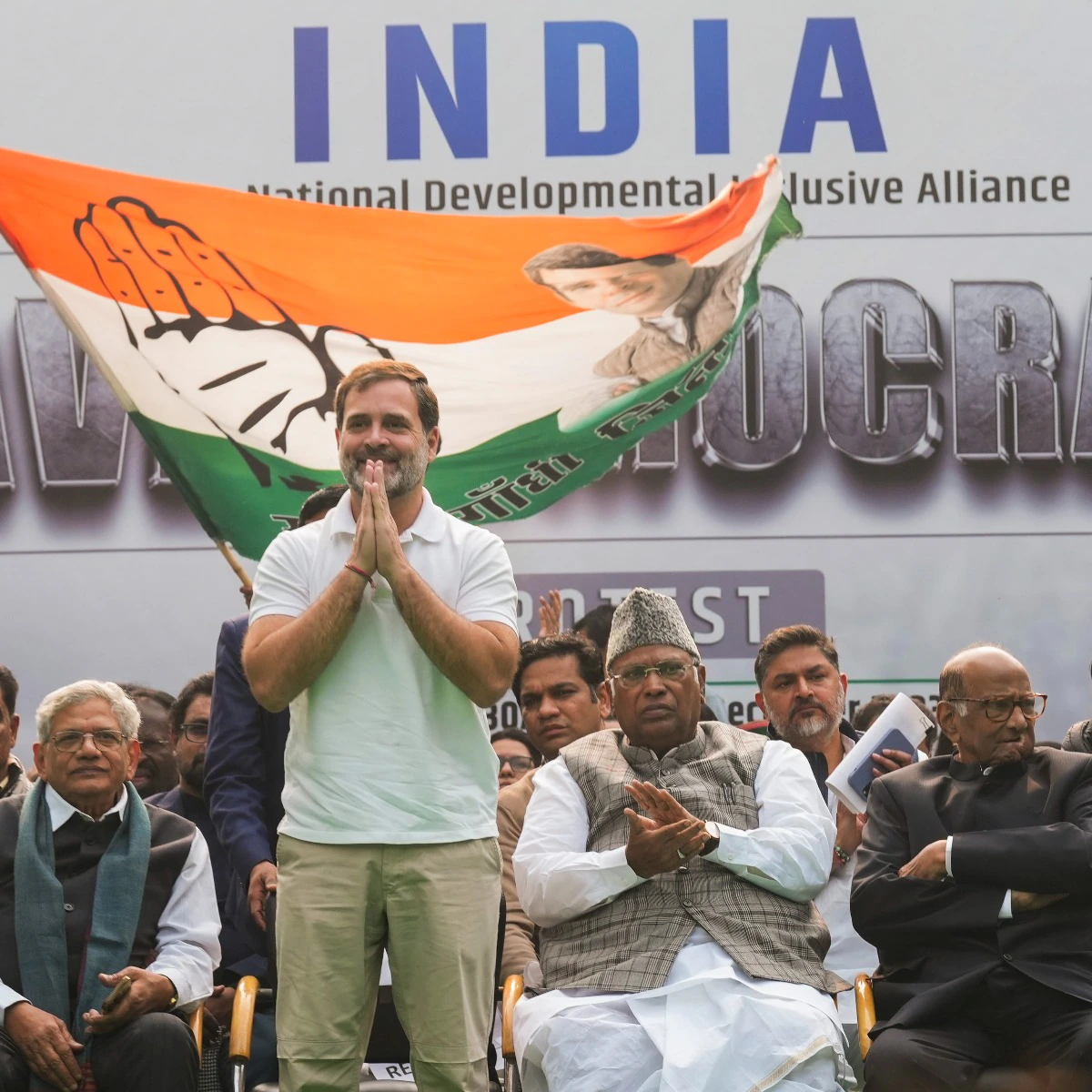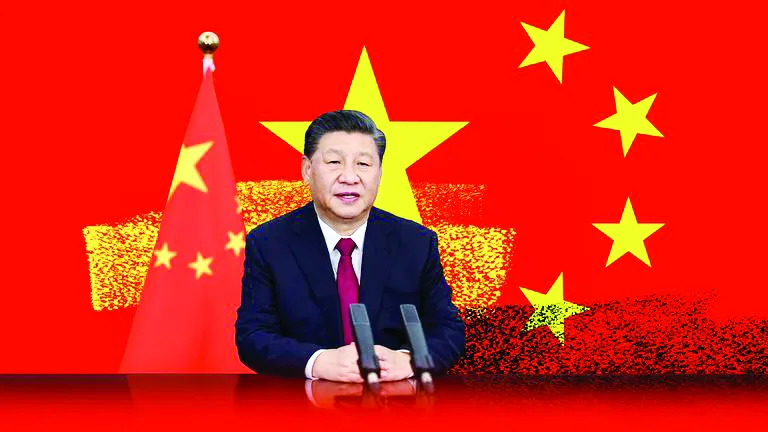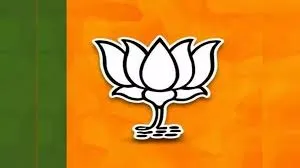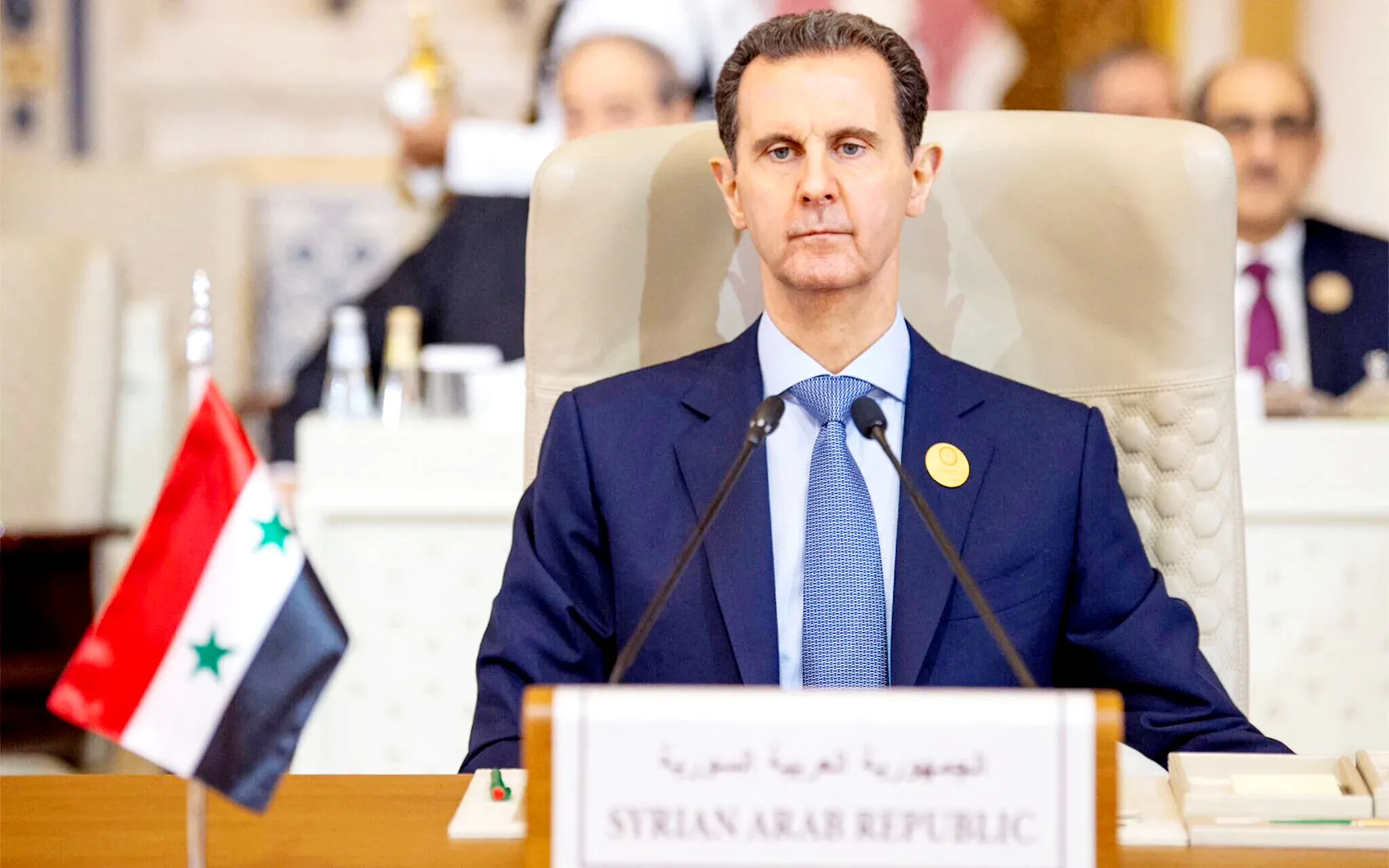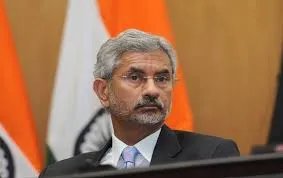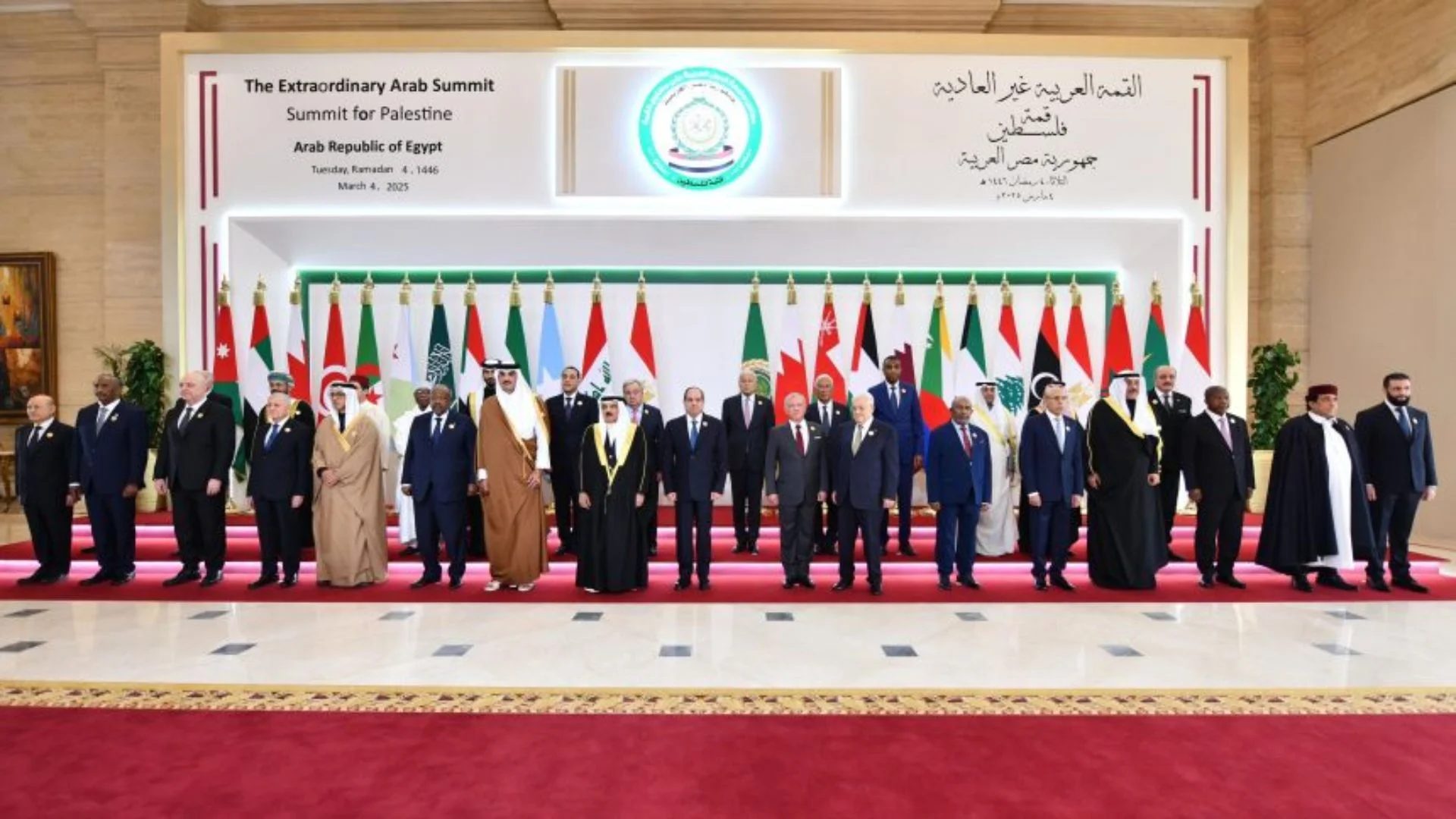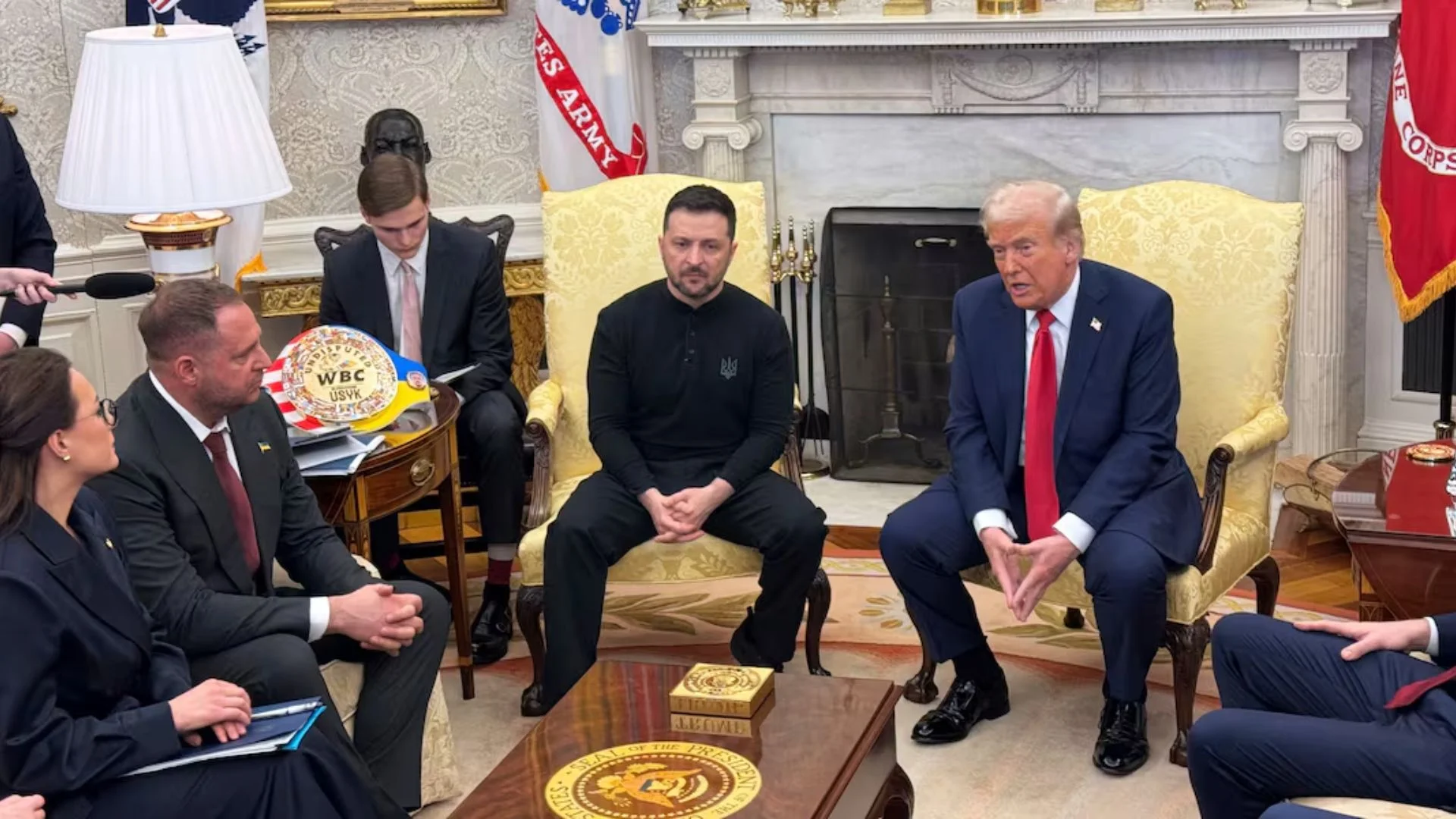Amid differences, disquiet and one-upmanship, INDIA alliance is hopeful to thrash out a seat sharing formula. But the prospects of a one-one-one contest against Narendra Modi-led BJP-NDA is not liked by a section of Congress, particularly its in-house veterans. The reason being, for the first time in post-independence India, the grand old Congress would be contesting less than 272 Lok Sabha seats for 18th Lok Sabha in 2024.
Thus, in purely theoretical terms, even if the Congress wins all the parliamentary seats it plans to contest in April -May 2024, it would not be able to form the government at the centre on its own.
In the first Lok Sabha polls of 1951-52, the Congress contested 489 out of 499 Lok Sabha seats and won 364 of them. In 1957, it won 371 out of 494 seats the Congress contested under Jawaharlal Nehru’s leadership and premiership. In 1962, the Congress tally was 361 out of 494 seats while in 1967, for the first time without Nehru, the party under a novice Indira Gandhi managed to retain power with 283 out of 523 Lok Sabha seats.
In 1971, Indira was back in business with Garibi Hatao plank winning 352 out of 518 parliamentary seats it contested. Post 1975 emergency, Indira was shown the door by the voters but the Congress managed to hold on to 154 Lok Sabha seats in a house of 543.
In 1980, Indira trounced the opposition ranks to regain power with 353 Lok Sabha seats. Just months before 1985 parliamentary polls, Indira was assassinated and her son Rajiv led the Congress to victory in December 1984 with a whopping 404. The tally went up further to 413 when the Congress swept in Punjab where elections were delayed and held a few months later. Rajiv lost 1989 parliamentary polls but the Congress emerged as the single largest party in the Lok Sabha with 197 seats.
The collapse of V p Singh and Chandrashekhar governments saw the Congress returning to power Rajiv’s tragic assassination in the midst of 1991 polls saw the Congress winning 244 Lok Sabha seats and forming the government under P V Narasimha Rao with the outside support of smaller parties.
In 1996, Rao-led Congress lost power winning only 140 seats in a hung house. The Congress extended outside support to short-lived H D Deve Gowda and Inder Kumar Gujral governments. The BJP under Atal Bihari Vajpayee formed the NDA coalition government in 1998 when the Congress tally remained static at 141 but the BJP managed 182 Lok Sabha seats. 1999 snap parliamentary polls again saw the BJP under Vajpayee returning to power as a coalition while the Congress tally nosedived to 114, an all time low for the grand old party.
In 2004, however, the Congress improved its tally to 145 and cobbled together an alliance that went to form the govt not only in 2004 but got another lease in 2009 when the Congress’ individual tally was 206. This was perhaps the last of a good performance by the Congress in general elections. The rise and rise of Narendra Modi led BJP to demolish the Congress beyond recognition as it failed to get even 10 percent of parliamentary seats in 2014 and 2019 Lok Sabha. The paltry tally of 44 in 2014 was an embarrassment but in 2019, it again managed to get only 52 seats winning a bulk of seats from Kerala, Punjab, Tamil Nadu and Karnataka.
Faced with bleak prospects and near existential crisis due to a series of electoral defeats and crisis of confidence, the Congress under the combined leadership of Mallikarjun Kharge and three Gandjis – Sonia , Rahul and Priyanka – are trying to team up with regional parties such as the AAP, TMC, JD[ U], NCP [Sharad Pawar], DMK, Shiv Sena [Udhav Thackeray] and 22 others to beat the BJP.
A high power team consisting of Ashok Gehlot, Salman Khurshid, Bhupesh Baghel, Mukul Wasnik and Mohan Prakash has been meeting at Wasnik’s residence to form the party’s strategy to negotiate with INDIA alliance partners. The panel could meet only at 49, Lodhi Estate residence of Mukul Wasnik in Lutyens Delhi as Wasnik is the only Rajya sabha member having residence in New Delhi!
According to two members of the panel, when they began a seat-sharing exercise or a formula, they were dismayed to note that the Congress was not in a position to seek 300 plus Parliamentary seats from INDIA partners. It short-listed 292 Lok Sabha seats but a closer scrutiny of the party being in one or two in 2019 Lok Sabha showed a much smaller tally of less than 240 seats. There are vast stretches of land across states where the party has little or no claim to fight Lok Sabha polls as alliance partner.
In fact, a calculation from the states that are going to be covered by Rahul Gandhi in his forthcoming Bharat Nyaya Yatra showed merely 15 Congress MPs from 345 parliamentary seats in the states where Rahul yatra would be passing. A realistic analysis is that the party would find it tough to cross 50 Lok Sabha mark even if it gets into an alliance with the like-minded parties.
There are many within the Congress who view Rahul’s second phase of yatra as an exercise in vanity, ill-conceived and likely to take a heavy toll on the party’s already meagre resources. The trouble with Rahul’s thinking and leadership style is such that nobody, including team Kharge is in a position to be honest with him.
On his part, Kharge has summoned state leaders to discuss the prospects of seat-sharing. The doctrine of necessity and compulsion is driving the Congress towards seat sharing as a contest on its own strength is unlikely to improve its prospects. Kharge would, however, require a lot of persuasion and support from Gandhis to administer a bitter pill of less seats particularly in Uttar Pradesh, Bengal, Tamil Nadu, Punjab, Delhi, Bihar and Maharashtra.
The allies fancy themselves as co-equals and unwilling to make any concessions. Congress leaders, oblivious of realities, live in the past and nostalgia thinking, hamare baap dada ne ghee khaya tha , hamari hatheli soongh lo” are bound to be in for a rude shock. Else the fragile alliance would break into chaos.

